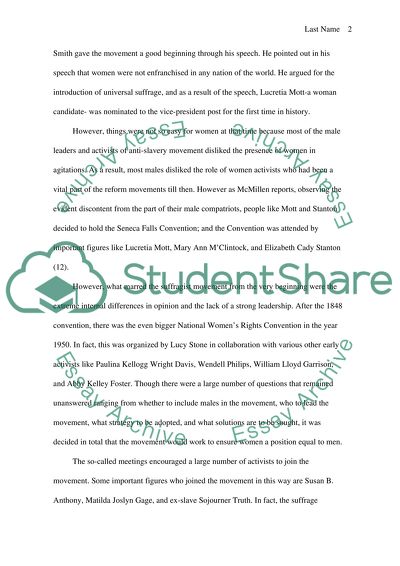Cite this document
(“Women and the Right to Vote (the Suffragist Movement) Essay”, n.d.)
Women and the Right to Vote (the Suffragist Movement) Essay. Retrieved from https://studentshare.org/history/1455123-women-and-the-right-to-vote-the-suffragist
Women and the Right to Vote (the Suffragist Movement) Essay. Retrieved from https://studentshare.org/history/1455123-women-and-the-right-to-vote-the-suffragist
(Women and the Right to Vote (the Suffragist Movement) Essay)
Women and the Right to Vote (the Suffragist Movement) Essay. https://studentshare.org/history/1455123-women-and-the-right-to-vote-the-suffragist.
Women and the Right to Vote (the Suffragist Movement) Essay. https://studentshare.org/history/1455123-women-and-the-right-to-vote-the-suffragist.
“Women and the Right to Vote (the Suffragist Movement) Essay”, n.d. https://studentshare.org/history/1455123-women-and-the-right-to-vote-the-suffragist.


